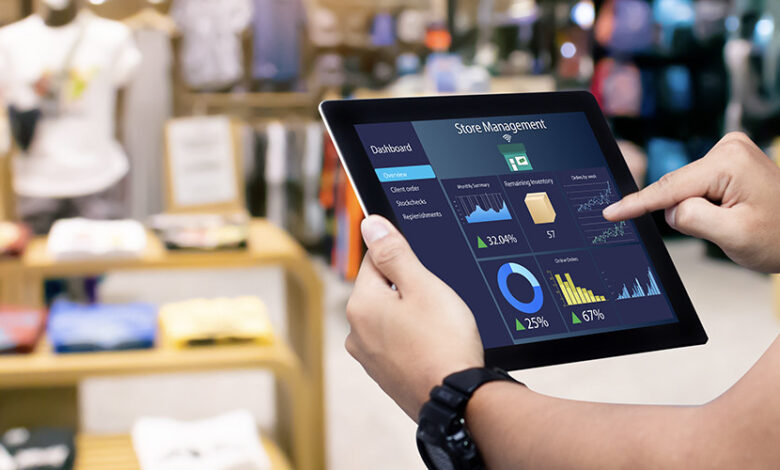To Predict Consumer Behavior, Retailers Turn to Data Analytics

Retailers best serve customers when they can identify their needs and proactively meet them. That’s why accurately predicting consumer behavior is so important. It might not always be easy — Walmart’s top executives anticipate that it will be harder to make these predictions in 2024 as financial strain pushes customers to be more cautious about spending — but it is essential to maximizing the customer experience and a retailer’s operations. And using data analytics, accurately predicting consumer behavior remains very feasible.
“In recent years, one thing that we’ve seen from retailers is that they also became more sophisticated in their analytics capability,” says Santiago Gallino, associate professor in the Operations, Information and Decisions department at the Wharton School of the University of Pennsylvania, appearing on Wharton’s Ripple Effect podcast. “The way they mine into the data that consumers are providing to them lets them be able to make these decisions.”
Here are some data analytics techniques that retailers can use to their advantage when predicting consumer behavior.
Click the banner below to learn how a modern data platform fuels success.
Leverage Data Analytics to Spot Consumer Purchasing Patterns
Using technologies such as generative artificial intelligence, retailers can analyze historical data to identify patterns and correlations in consumer behavior. Drawing patterns from data such as browsing history and purchasing habits can better equip retailers to provide personalized shopping experiences for each customer, including tailored product recommendations. Examining seasonal patterns, geographic trends and other broader data sets can also prove vital to forecasting trends.
DISCOVER: Make data-driven decisions with analytics.
Use Predictive Modeling to Assess What Consumers Want
Related to pattern recognition, advanced analytics tools and machine learning algorithms can build predictive models to forecast potential trends by extrapolating future behaviors from historical data. In this way, predictive analytics can help forecast business outcomes based on anticipated consumer behaviors.
Predictive modeling can also help manage logistics. Walmart uses predictive analytics to forecast demand and optimize inventory levels accordingly, aiding in a range of logistical matters across its network of stores. And in addition to providing decision-makers with the detailed data they need to best prepare their stores to meet customer expectations, predictive analytics can also help mitigate fraud.
Examine Why a Consumer Purchasing Trend Is Growing
Analyzing purchase patterns is helpful for more than inventory management. A holistic purchase pattern analysis can help retailers identify which product associations consumers are making and explore why. This understanding of consumer preferences can support strategic product placement, bundling and cross-selling, influencing future buying behaviors. This is even more true when purchase pattern analysis is used to aid customer segmentation and personalization.
Segment and Personalize Your Outreach to Consumers
As retailers work with Big Data, it can be beneficial to segment current and prospective customers into groups. For instance, a sporting goods store may segment customers based on whether they play indoor or outdoor sports, or perhaps summer or winter sports. With this knowledge, the retailer can better predict consumer behaviors by looking at one fairly homogeneous segment at a time instead of anticipating the actions of a more heterogeneous audience all at once.
RELATED: Can data governance improve AI’s impact in your organization?
This sort of segmentation can also lead to more effective personalization, as retailers tailor marketing strategies, product recommendations and offers to each segment’s preferences. Segmentation can help retailers foster the sort of personalized experience that boosts consumer loyalty: 65 percent of customers say that they would be loyal to a company offering a more personalized experience, according to Salesforce.
Gain More Accurate Insights by Monitoring Purchases in Real-Time
Retailers can use real-time data analytics to track current consumer behaviors, such as a sudden uptick in sales of a specific product in a particular region. By monitoring and identifying patterns in sales, website traffic, social media engagement and more in real time, retailers can respond to evolving consumer preferences and changing social trends. This is part of why real-time monitoring solutions such as smart shelves and digital twinning are here to stay.
These techniques can help retailers predict, adapt to and even influence consumer behavior, all while creating a more responsive and customer-centric shopping experience. As such, retailers of all sizes would do well to start implementing and optimizing them accordingly. “Retail, by its own nature, is constantly evolving,” Gallino says. And no one wants to be left behind.



